Introduce your students to examples of primary, secondary, and tertiary sources of information with a printable set of anchor charts.
If you’re preparing to introduce your students to the research process, you need to include a couple of short lessons before having them search for information. First, a lesson or two on paraphrasing and plagiarism wouldn’t hurt, and they definitely need a lesson or two on finding quality sources that include a blend of primary, secondary, and tertiary sources of information.
What Are Primary, Secondary and Tertiary Sources of Information?
Primary sources are firsthand accounts or direct evidence concerning a topic created by witnesses or those who write about events at the time they occurred. Some examples of primary sources are:
- diaries,
- photographs,
- interviews.
Secondary sources are one step removed from primary sources. Secondary sources are accounts that have been written about an event later on by someone who was not present at the time. Some examples of secondary sources are:
- biographical works
- commentaries
- magazines and newspaper articles
Tertiary sources compile and summarise information from primary and secondary sources, offering a collection of information that is a broad overview of a topic. Examples of tertiary resources include:
- atlases
- textbooks
- fact books
- encyclopedias
Primary, Secondary and Tertiary Sources Poster Pack
This resource consists of a collection of three visually appealing anchor charts/posters providing students with a variety of examples of primary, secondary, and tertiary sources of information. Each poster includes 9+ options that students can learn more about and begin to use when completing academic research. Some ways to use these posters are:
- Refer to the chart when introducing the concept of information sources, and encourage students to share additional examples throughout the lesson.
- Present students examples of different resources (e.g., a diary, a history textbook, an encyclopedia). Have students place the resources into groups organized by source type. Once they’ve completed this task, regroup and reference the anchor chart to determine if their sorting was correct.
- Create a Venn diagram comparing primary and secondary sources, with tertiary sources on the outside. Show how some sources (e.g., newspaper articles) can sometimes act as both primary and secondary depending on the context.
Download Your Primary, Secondary & Tertiary Source Posters Today!
This resource is available in multiple formats to meet your specific needs. We have included the following options for you to choose from:
- Full-Color PDF
- Black and White PDF
- Full-Color Editable Google Slides
- Black and White Editable Google Slides
Click the dropdown arrow on the download button to select your file preference. Download and print!
This resource was created by Lindsey Phillips, a teacher in Michigan and Teach Starter collaborator.
Even More Resources For Teaching Research Skills!
Don’t stop there! Before you go, make sure you check out these handy research skills lessons, activities, and worksheets.
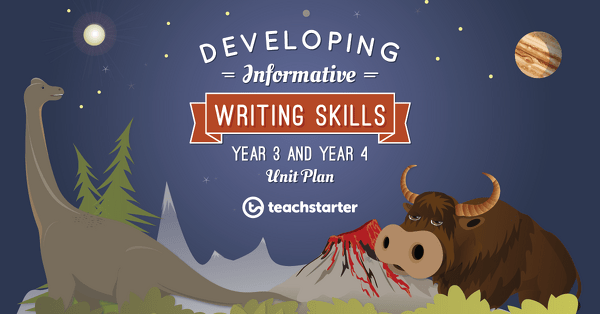
lesson plan
Research Skills - Note-Taking
A 60-minute lesson in which students will take appropriate notes from an informative text.
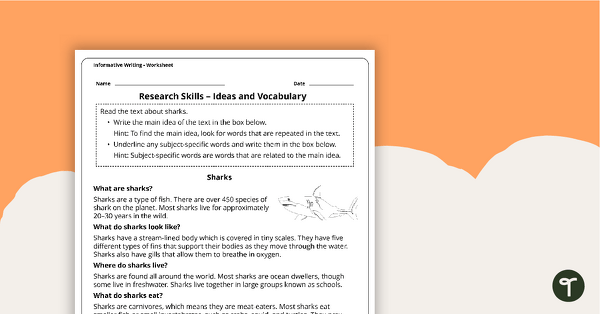
teaching resource
Note-Taking Practice Worksheets
Use this set of note-taking practice worksheets to help your students identify key facts, details and vocabulary when researching information.
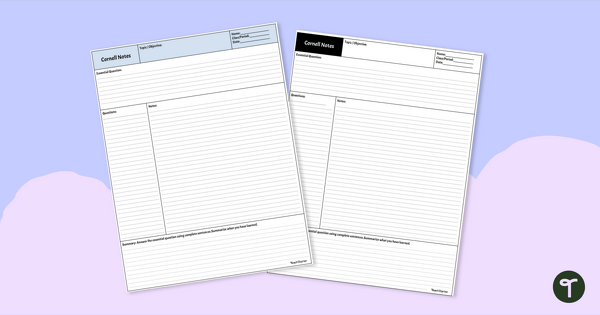
teaching resource
Cornell Notes Template
Help your students organize their notes with a free Cornell Notes Template.
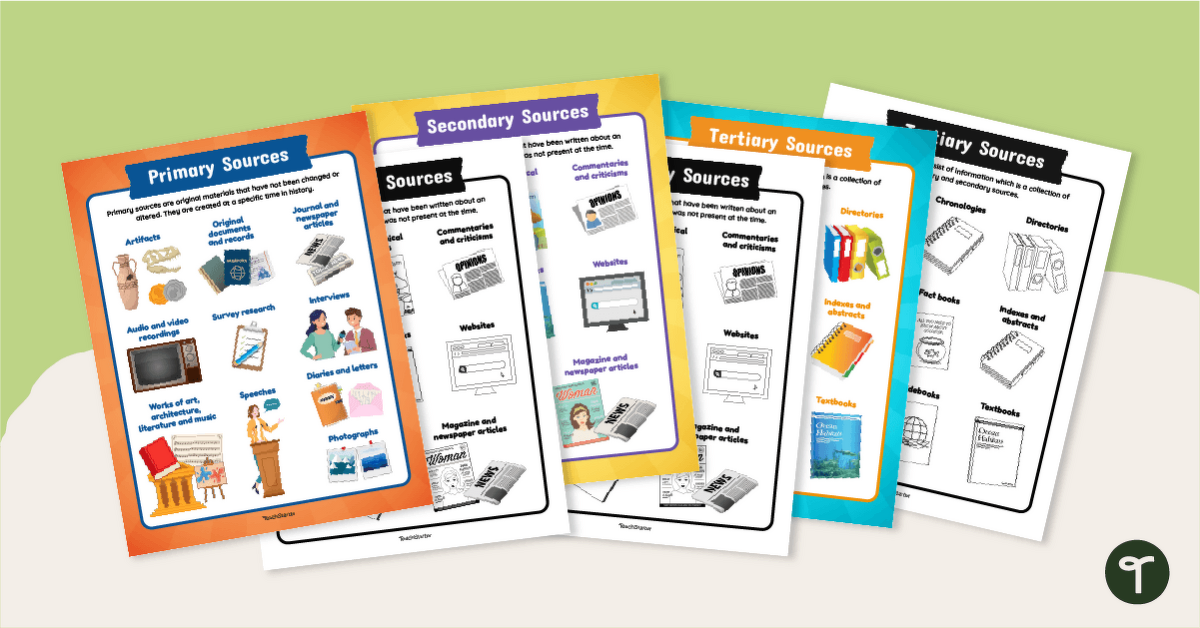

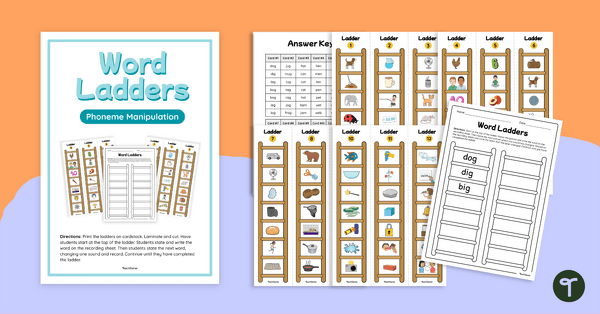
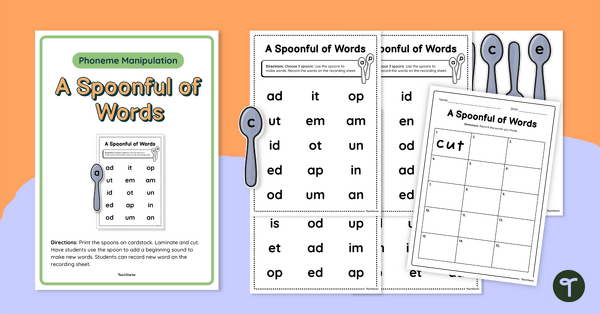
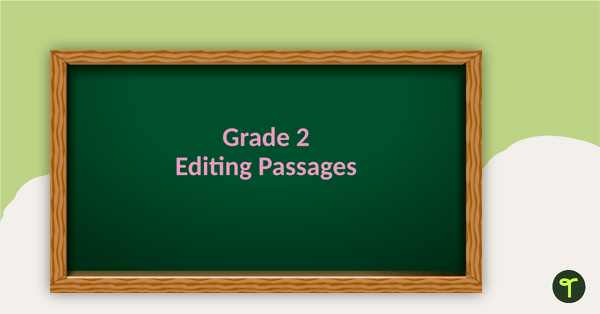
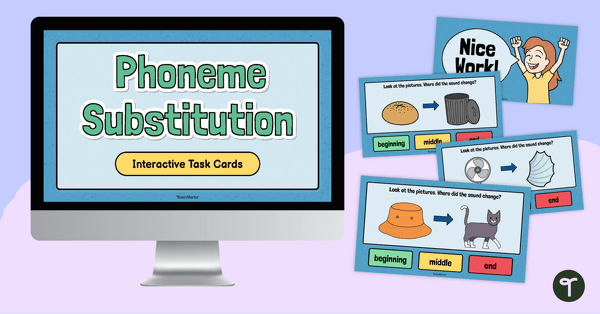
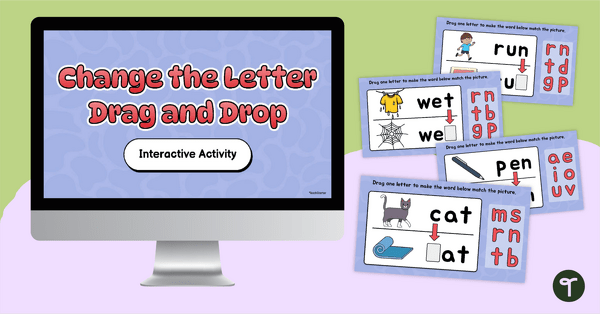
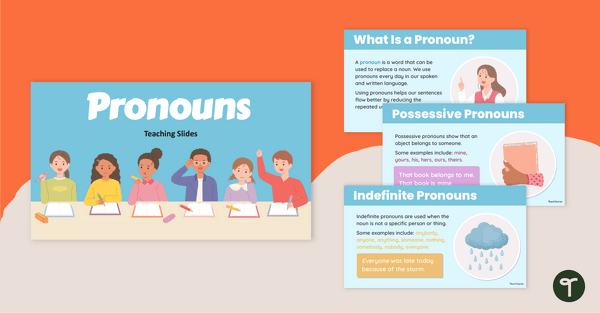
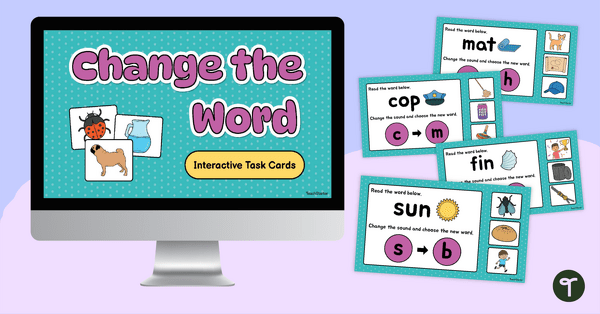
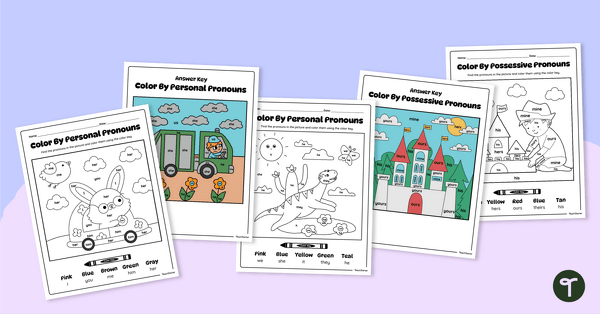
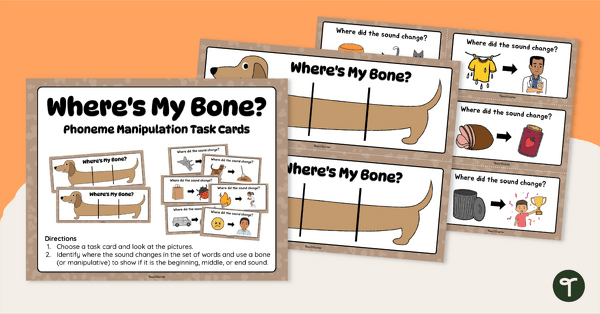

0 Comments
Write a review to help other teachers and parents like yourself. If you'd like to request a change to this resource, or report an error, select the corresponding tab above.